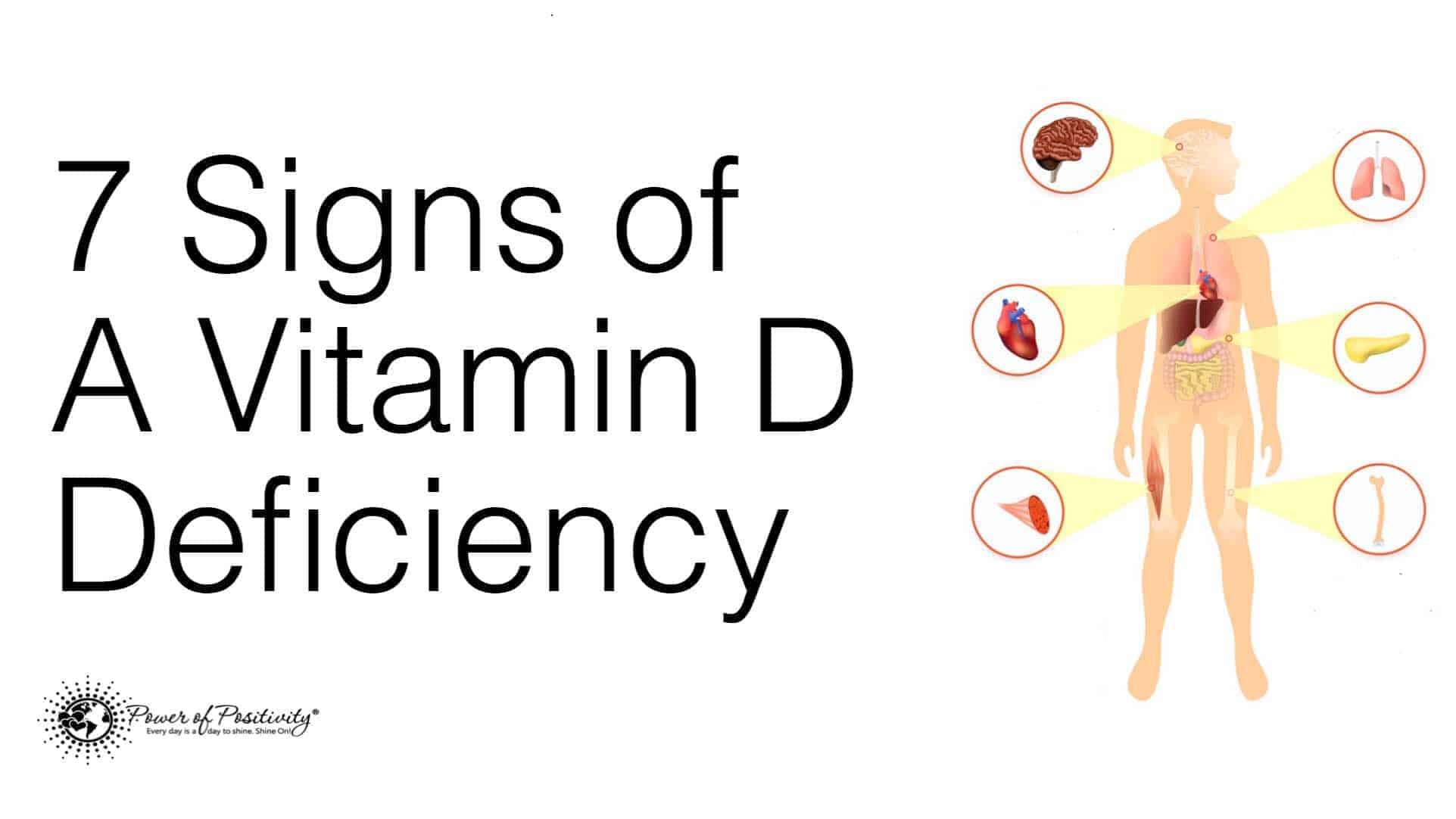Vitamin D plays an essential role in balancing the calcium in your body for proper bone formation and function. Decades ago, vitamin D deficiencies were common, causing conditions like rickets in children and softening bones in adults. In the 1930s, they added vitamin D to milk to eradicate rickets. Today, vitamin D deficiencies are still common.
Recent studies found an association between vitamin D deficiencies and diseases like these:
- Cancer
- Heart disease
- Diabetes
- Autoimmune disease
- Depression
How to Get More Vitamin D
There are three sources of vitamin D, including the following:
- Sunlight-ultraviolet light exposure
- Diet-Foods are high in vitamin D.
- Supplements
How Much Vitamin D Do You Need?
| Age | Amount |
| Birth to 50 years | 200IU |
| 51-65 years | 600 to 800IU |
| 65 and older | 800 to 1000IU |
These Behaviors May Help You Beat a Vitamin D Deficiency
Try putting some of these new habits into your routine.
1 – Eat Some Fatty Fish
Add fatty fish to your diet to beat a vitamin D deficiency. Fatty fish is a rich source of omega-3 and vitamin D. In fact, both provide anti-inflammatory benefits to your body. Fatty fish high in vitamin D include the following:
- Cod liver and cod liver oil
- Salmon
- Mackerel
- Sardines
- Tuna
- Oysters
2 – Eat Vitamin D Rich Foods
Other vitamin D filled foods to include in your diet are as follows:
- Beef liver
- Mushrooms
- Breakfast cereals, orange juice, margarine
- Cheese
- Yogurt
- Butter
- Leafy greens like spinach and kale
3 – Drink Vitamin D Fortified Milk
Milk is a good source of vitamin D to include in your diet. Thus, you may want to drink sixteen ounces of milk a day to help beat your vitamin D deficiency.
4 – Try Almond or Soy Milk
Even non-dairy products contain vitamin D. Almond, and soy milk are fortified with vitamins, so if you can’t tolerate milk or dairy products, you can still be sure to get the nutrients you need. One glass of almond milk contains 100IU of vitamin D.
5 – Eat Eggs
Egg yolks contain vitamin D. If you need to beat a vitamin D deficiency, add eggs to your menu. It doesn’t matter how you prepare them. Just be sure to include the egg yolk, which has the most vitamin D.
6 – Take a Vitamin D Supplement
If you’re low in vitamin D, you can boost your level by taking a vitamin D supplement of 2,000 to 4,000IU for anywhere from 4 to 6 weeks. Furthermore, get your blood tested to see if your levels have come back up.
7 – Get Outside in the Sunshine
Sunlight is an essential source of vitamin D. However, you need a healthy balance. That’s because too much sunlight exposes you to the risk of skin cancer.
You can still absorb some vitamin D even if you’re wearing sunscreen. Try to go outside in the sun every day for at least ten minutes to get exposed to the UVA rays, increasing vitamin D.
8 – Maintain a Healthier Body Weight
Staying at a healthy body weight helps you feel better and gives you a better chance to fight illnesses and diseases. Stay active, eat nourishing foods and maintain a healthy body weight.
9 – Get Treatment for Your Medical Conditions
If you have a medical disorder that affects your vitamin D absorption, be sure to get the proper medical care you need. Conditions such as the following diseases:
- Chronic pancreatitis
- Crohn’s disease
- Celiac disease
- Cystic fibrosis
10 – Embrace a Preventative Mindset
Be proactive about your health before you develop a vitamin D deficiency. If you have a family history of vitamin D deficiency or conditions like osteoporosis, be sure to discuss preventative care with your health care provider.
Here Are Seven Early Warning Signs of a Vitamin D Deficiency:
Given the importance of consuming vitamin D, we’ll identify seven different ways to uncover a potential vitamin D deficiency. Because knowledge is power, you will be in a better position to correct any shortfall and safeguard our health.
1. Pain and Muscle Weakness
The degree of pain and muscle weakness can vary from subtle to severe. Initially, symptoms of this type are almost non-present; however, as the deficiency becomes longer in duration, associated symptoms tend to worsen. The reason is that vitamin D, when metabolized, enhances muscle contraction – an essential mechanism for strengthening bones.
2. Impaired Immune System
When vitamin D levels are low, our immune system is inextricably affected. A high concentration of vitamin D receptors can reside in the immune cells, an area of the body that requires sufficient vitamin D supplementation. In one Japanese study published in the American Journal of Clinical Nutrition, schoolchildren given vitamin D supplements recorded fewer instances of the flu strain influenza A than those who did not receive supplements.
In another study, individuals diagnosed with an autoimmune disease also tested for low levels of D vitamin.
3. Hypertension
Hypertension (high blood pressure) often results when the body’s vitamin D levels are low. Our body formulates a peptide that increases blood pressure through arterial restriction and water retention. Vitamin D serves as a countermeasure, suppressing this enzymatic reaction and reducing the body’s inappropriate and exacerbated response to this peptide, thus normalizing blood pressure levels.
4. Feelings of Sadness/Depression
A link has been made between sadness/depression and low levels of vitamin D. One fascinating discovery involves the correlation between seasonal affective disorder (SAD), a seasonal depressive condition, and fluctuating levels of vitamin D3. In one study, participants given D3 supplementation experienced enhanced positive effects and reduced adverse effects – both physical and cognitive. Participants reported a significantly diminished presence of various symptoms, including food cravings, hypersomnia, lethargy, and sleep disturbances.
5. Gut troubles
Certain gastrointestinal conditions affect vitamin D absorption. Those with celiac, Crohn’s, inflammatory bowel disease, and other conditions are likely to be at a greater risk of vitamin D deficiency because of these interactions. Furthermore, those with high body fat are prone to vitamin D deficiency since fat dilutes the vitamin and reduces its physiological effects.
6. Excessive sweating
A strange addition to this list is the tendency of people to sweat more without sufficient vitamin D levels. However, medical experts aren’t sure why we sweat more with low vitamin D levels. All that’s known is that there seems to be an inseparable link between low vitamin D and excessive sweating, especially around the forehead.
7. Heart Conditions
There exists a probable correlation between low vitamin D levels and cardiovascular disease. Medical professionals believe that low levels of the vitamin result in higher concentrations of calcium buildup in the arteries; calcium buildup is plaque that forms in the arteries and increases the risk of heart attack or stroke. Besides those, other conditions linked to low vitamin D levels, hypertension, type 2 diabetes, obesity, and high cholesterol, appear to solidify the connection between vitamin D levels and heart health.




















